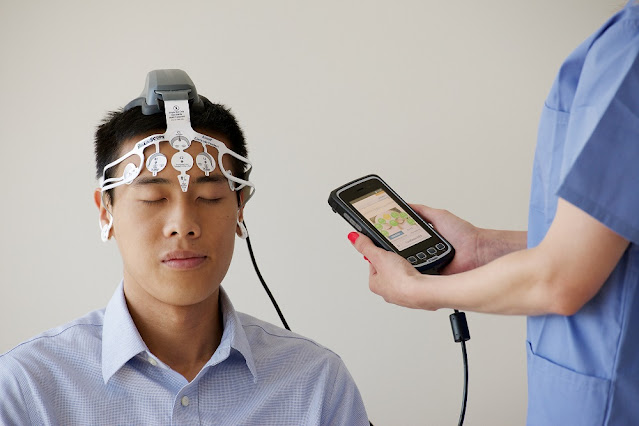How LMR Systems Work
Land
Mobile Radio Systems utilize UHF and VHF radio frequency bands to
facilitate wireless communications between mobile and portable radios. They
consist of radio towers, transmitters, receivers and repeaters to transmit
signals over a wide coverage area. The radio towers are installed at high
vantage points to effectively broadcast radio signals across a geographical
region.
When a user presses the push-to-talk button on their mobile or portable radio,
the voice transmission is picked up by the nearest radio tower. The tower then
routes the signal to other towers and repeaters to extend its coverage as
needed. These relay the signal to all radios within the coverage area. The
receiving radios are then able to listen to the transmission.
Key Components of an LMR System
Radio Infrastructure: This includes the radio towers, antennas, transmitters,
receivers and repeaters that make up the backbone of an LMR network. Properly
positioned towers are critical for effective signal coverage.
Control Stations: Control stations allow dispatchers and operators to
communicate with field personnel and monitor radio traffic. They are equipped with
audio routing, recording and logging capabilities.
Subscriber Units: These include mobile radios installed in vehicles and
portable handheld radios carried by personnel. Features vary depending on the
organization's needs but push-to-talk is a standard capability.
Network Infrastructure: LMR systems require a secure IP-based backhaul network
to link various control stations and relay communications between different
sites and towers. Fiber optics and microwave technologies enable this
networking.
System Management: Dedicated equipment is needed for tasks like subscriber
management, talkgroup configuration, radio programming and over-the-air
reprogramming. This ensures efficient administration and maintenance.
Why are LMR Systems Important?
Reliability: LMR networks are designed to withstand impacts and continue
functioning even in adverse conditions. The dedicated radio frequencies,
physical backup capabilities and disability make them highly dependable.
Interoperability: Through technologies like multi-band radios and inter RF
sub-system interface, LMR systems allow different agencies to communicate
across jurisdictions during emergencies.
Mobility: The primary strength of LMR is enabling real-time communication
between dispatchers and personnel in transit. Mobile radios integrate
seamlessly with vehicles.
Security: LMR networks use trunking and encryption to securely broadcast
communications. Dispatcher calls and transmissions between field teams are kept
confidential.
Features for Effective Coordination: From emergency alerts and priority
interrupts to proximity-based text messaging, LMR radios have many capabilities
for coordinated incident response.
Transition to Digital Technology
As LMR systems evolve, many public safety agencies are migrating from analog to
Project 25 compliant digital radio networks. Digital LMR or DMR brings several
key advantages:
Clear Audio Quality: Digital audio provides improved speech clarity compared to
analog signals that degrade over long distances.
Greater Capacity: By employing technologies like trunking, digital packing and
compression, the same radio frequency spectrum can support more users
simultaneously.
Secure Encryption: Digital LMR allows user selectable encryption of entire
voice and data transmissions for maximum protection.
Advantage in Interference: Being less susceptible to noise, digital signals are
better able to overcome radio interference for reliable connectivity.
Data Transmission: Beyond communication, digital LMR radios can also send and
receive text messages, GPS coordinates and other telemetry for enhanced
situational awareness.
Programming Flexibility: Digital subscriber radios and systems offer greater
programmability for features like selective calling tags and dynamic talkgroup assignment.
Bridging the Gap with Other Technologies
While LMR continues to serve as a primary platform, agencies are also deploying
new solutions as complementary systems. For example:
- Satellite phones help connect personnel in remote areas beyond terrestrial
LMR coverage.
- Push-to-talk over cellular or PoC allows utilizing commercial wireless
networks as a secondary option for internet protocol communications.
- Micro-location tags integrated with LMR networks facilitate indoor tracking
of responders on a campus or fireground.
- Vehicle-mounted tablets paired with in-car modems receive real-time field
data alongside traditional radio dispatching.
- Unmanned aerial vehicles carrying radios extend voice and video Surveillance
to hard to reach regions from above.




Comments
Post a Comment